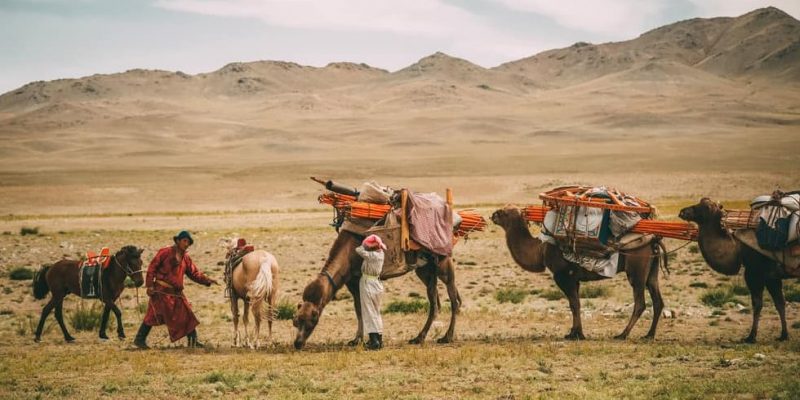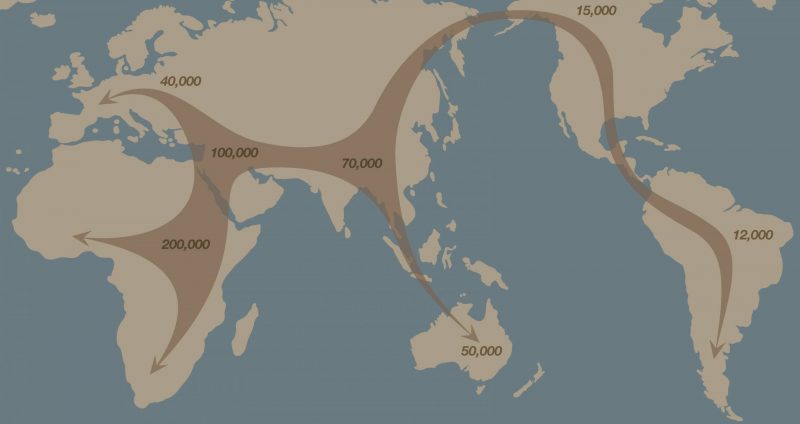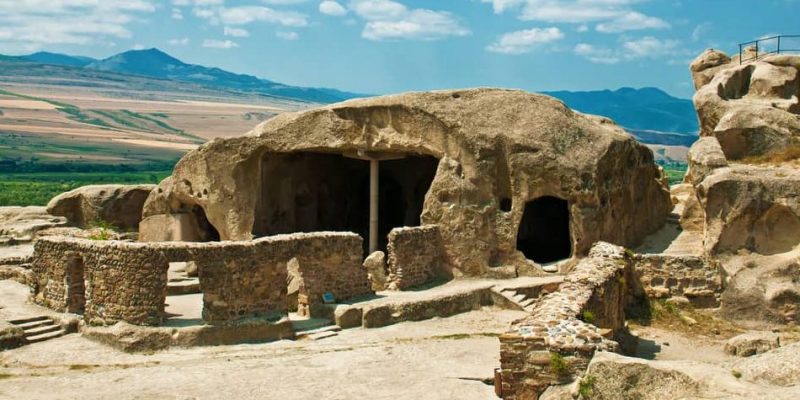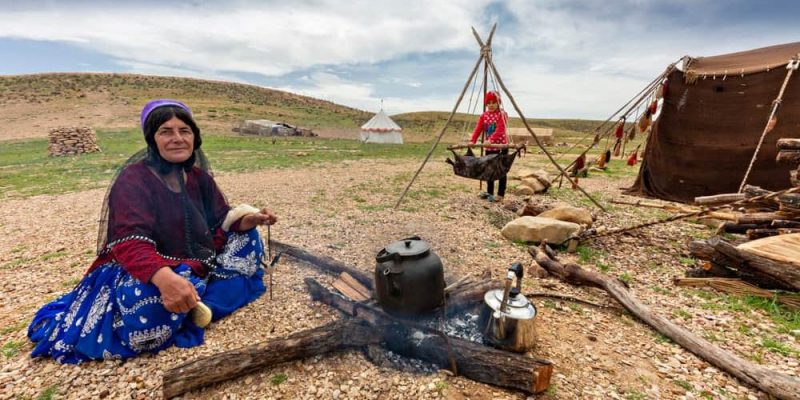We explain what nomadic and sedentary peoples are, the characteristics of each one and the differences between them.

What are nomadic and sedentary peoples?
Nomads are people whose lifestyle is wandering. On the contrary, sedentary people are those who choose only one place to live and settle down. These two life models can be found today in different human communities, although sedentary lifestyle is the main and most widespread way of life of our species.
The leap from nomadism originating from the primitive human horde to the sedentary lifestyle typical of civilization took place during the so-called Neolithic Revolution around 9,000 years ago, when agriculture was discovered and widespread among human communities. That is to say, Agriculture allowed the beginning of a sedentary lifestyle.
The possibility of sowing and tilling the land to obtain food in large quantities revolutionized everything: it was no longer necessary to explore nature in search of food (gathering), but rather one could stay in the same place, protect it well and, if you harvested They were abundant, free time was available. These are the foundations of human civilization.
However, this transition also involved sacrifices: the change towards a sedentary lifestyle separated us from nature, giving rise to a way of life typical of human beings that soon spread to other animals, through domestication. It also impoverished our diverse and varied diet, typical of omnivorous animals, making it more dependent on cereals and meat.
Characteristics of nomadism

Nomadism is fundamentally characterized by a wandering way of life, without a fixed and determined home. Which also has the following characteristics:
- It becomes necessary constant displacement since once the resources of the occupied region have been consumed, another available region must be sought.
- The constant movement prevents the formation of overly elaborate communities politically, socially and economically.
- The nomads acquire a exhaustive knowledge of geography, the nature that surrounds them and the paths taken.
- Your diet and activities in general adapt to available resources in the area in which they are located.
- In prehistory, they could cover immense amounts of territory in their wanderings, colonizing new continents and expanding human presence to all corners. However, his movement was not random: tended to move cyclically between different known territories.
Characteristics of a sedentary lifestyle

Sedentary lifestyle is characterized, first of all, by the permanence of the human group in the same and unique place which becomes your permanent home. Sedentary communities establish themselves, take root, and eventually develop a feeling of belonging to the place where they live. This also implies other characteristics:
- By remaining in the same place for generations, strong communities are formed and with a sense of community belonging.
- Sedentary life allows the development of more complex economic, social and political dynamics thanks to the distribution of work since they do not invest time in moving and reestablishing themselves.
- Sedentary communities are largely sustained by agriculture and the possibility of the accumulation of goods.
- Sedentary lifestyle establishes a social and biological space that is purely human, that is, directed by our species, which In the long run it led to the first cities.
Differences between nomadic and sedentary peoples

The differences between nomadic peoples and sedentary peoples are the following:
| nomadic peoples | Sedentary peoples |
|---|---|
| They constantly migrate from one known territory to another, at the rate of consumption of available resources. They do not have a fixed and determined home. | They remain in the same place that they prepare to be their home for generations. They produce what they need right there. |
| Its main economic activities are gathering, hunting and fishing. | Its main economic activity is agriculture, but it is then joined by an immense variety of activities possible thanks to the continuous flow of food. |
| They have societies that are less politically structured and dependent on blood and family for their cultural identity. | They have more politically and economically structured societies, in which the notion of geographical belonging arises (what will later become the idea of “nation”). |
| They build fragile and easily dismantled homes, or take advantage of caves and other available places. | They build homes made to last over time and to withstand the onslaught of the climatic elements. |
| They are in close relationship with their natural environment. | They inhabit a purely human environment, with the exception of domesticated animals. |
| They have little capacity for accumulation (and little desire to do so, since they will have to move soon). They always carry the bare minimum with them. | They have a great capacity to accumulate goods and food, which translates into the ability to survive the most difficult climatic seasons, to obtain free time to dedicate to other activities, and to feed large exchange networks. |
Continue with: Rural population
References
- “Sedentary lifestyle (anthropology)” on Wikipedia.
- “Nomad” on Wikipedia.
- “Nomadic and sedentary lives” (video) in Learn at Home SEP.
- “Nomadism (society)” in The Encyclopaedia Britannica.





